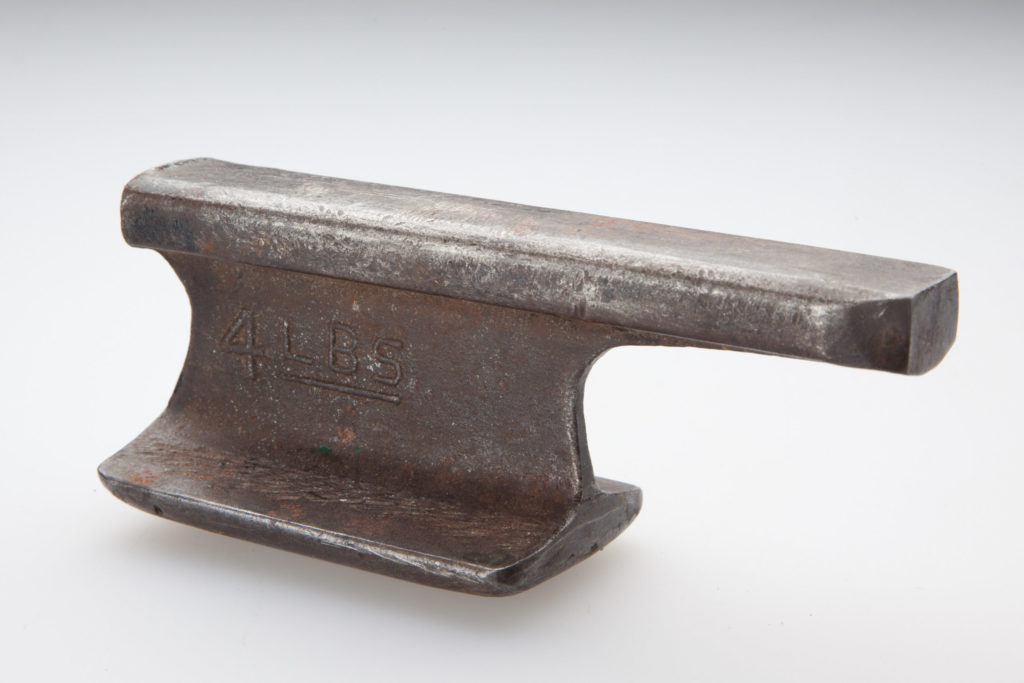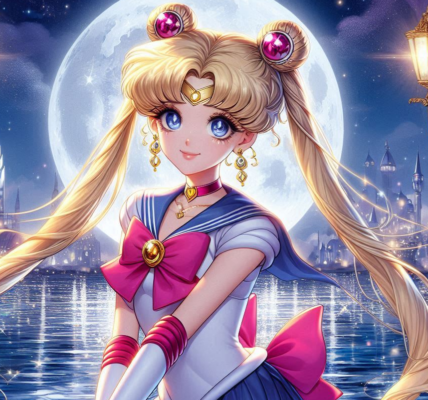The anvil is a staple of slapstick comedy, especially in the Looney Tunes and Merrie Melodies series by Warner Bros. But, how did this metal block become such a popular weapon of choice for cartoon characters? What does the anvil gag say about our culture and sense of humor?

What is an anvil?
An anvil is a solid block of steel or iron that is used in metalwork, usually by blacksmiths. It has a flat top, called the face, and often a pointed horn at the front and a flat heel at the back, with holes for attaching tools. Anvils are among the oldest tools still in use today, dating back to ancient times. They are mentioned in Greek and Egyptian texts, and anvils can be found in Mongol history, as well. Some of the oldest anvils were made of meteorites, which were very hard because they contained mostly iron.
Anvils are very heavy and durable, making them ideal for shaping metal by hammering. They also have a quality called “liveliness”, meaning they cause the hammer to bounce back after each blow. This helps to transfer the energy of the hammer onto the metal, making the work easier for the blacksmith.
So, how did anvils become a cartoon gag?
The first time an anvil was used as a joke in a popular cartoon was in the 1942 Warner Bros. cartoon “A Tale of Two Kitties”, which featured two cats trying to catch Tweety Bird. One of them drops an anvil on the other’s head from a great height, causing him to sink into the ground. This gag was repeated many times in later cartoons, often involving Wile E. Coyote and Road Runner, Tom and Jerry, Bugs Bunny and Daffy Duck, among others.
But, why did animators choose anvils as their preferred prop for causing pain and injury? There are several possible reasons:
- Anvils were highly recognizable by early 20th century American audiences, who were more familiar with manufacturing and industrial tools than audiences today. Anvils symbolized strength, power, and craftsmanship, which made them ironic and humorous when used for violence.
- Anvils were easy to draw and animate, with their simple shape and color. They also contrasted well with the colorful and expressive characters they were dropped upon.
- Anvils created a clear visual impact when they hit their target, producing a loud sound effect and a large dust cloud. They also allowed for creative variations, such as bouncing off walls, exploding, or being magnetized.
- Anvils appealed to the absurd and surreal nature of cartoons, as they defied the laws of physics and logic. They could fall from anywhere, at any time, without any explanation or consequence. They also exaggerated the resilience and invincibility of cartoon characters, who could survive any injury without permanent harm.
What does the anvil mean for us as the audience?
The anvil is more than just a funny object that makes us laugh. It also reflects some aspects of our culture and psychology:
- The anvil represents our fascination with violence and destruction, especially when it’s harmless and unrealistic. We enjoy watching others suffer misfortune and pain, as long as we know they aren’t real or really hurt. This is called “schadenfreude”, a German word that means “pleasure derived from another’s suffering”. It’s a form of catharsis, or emotional release, that helps us cope with our own frustrations and fears.
- The anvil also represents our sense of irony and satire, as we mock the seriousness and authority of things that are supposed to be powerful and important. We use humor to subvert and challenge the norms and expectations of society, such as justice, morality, and logic. We find it amusing when things go wrong or when someone gets what they deserve.
- The anvil also represents our nostalgia for simpler times, when cartoons were more innocent and imaginative. We associate anvils with childhood memories and classic animation styles that have over time been replaced by more sophisticated and realistic ones. We appreciate the creativity and craftsmanship that went into making these cartoons, which have become part of our cultural heritage.
So, the anvil is a remarkable tool that has a long and rich history. It’s also a hilarious device that has a lasting and influential legacy in cartoons. It’s a symbol of many things, such as violence, irony, nostalgia, and humor. Also, the anvil is a part of our culture and our identity, deserving our respect and admiration.
The next time you see an anvil fall on someone’s head, don’t just laugh. Think about what it means, and how it makes you feel. And maybe, just maybe, you’ll appreciate the anvil a little more.
Also, here’s a YouTube compilation of classic Warner Bros. Cartoons featuring anvils.
Related: A Brief History Of Pianos Dropping From The Sky
This article, The History Of The Anvil Gag In Classic Cartoons, originally appeared on TomSlatin.com, on July 10, 2023.










RECENT COMMENTS